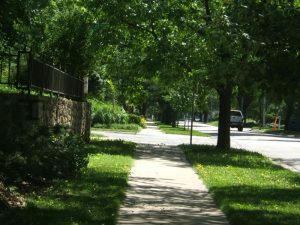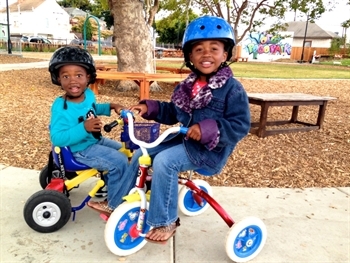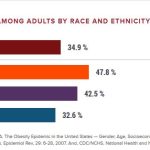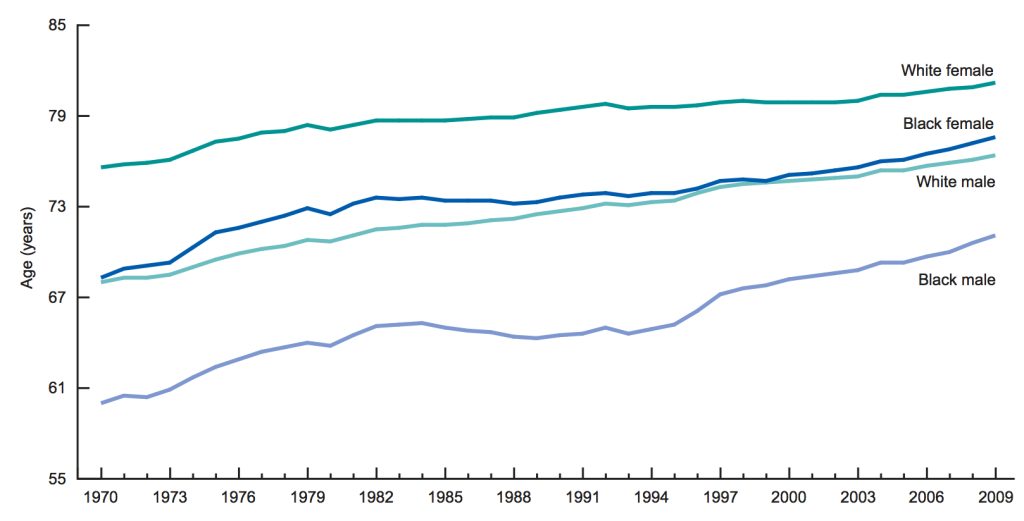If you’re dealing with the stress of a low-income lifestyle – not able pay all the bills, worried about job security, etc. – having access to green spaces will significantly boost your sense of well being, compared to low-income people without this access, a new study found.
The researchers compared reports of well-being among wealthy people and poorer ones in 34 countries, and found overall wide gaps in the sense of well being between rich and poor – not surprisingly. But among the poor with good access to green or recreational areas, the gap in reported satisfaction between wealthier residents shrank by 40%.
The researchers said that green space could play an important role in reducing socioeconomic health inequalities. Many advocates understand this, and are working to open more parks and recreational options in low-income areas. (One study, several decades back, found even planting more trees improves health and reports of well being.)
An article on the study, published in the American Journal of Preventive Medicine, is found here:
http://optimistworld.com/benefits-green-space-reducing-gap-rich-poor/








